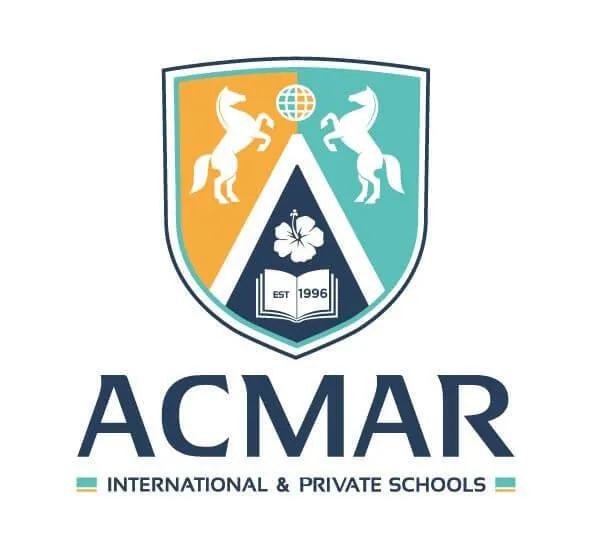Author: Anne Keeling, ISC Research
Globally, the number of international schools has surged over the past ten years, with Asia accounting for the majority of the growth in that market. There are now 22 countries in the world with over 100 English-medium international schools according to the latest data from the International School Consultancy (ISC). This means that opportunities for children of both expatriate and local families to follow an English-medium education and to learn through an internationally-recognized curriculum, are becoming increasingly accessible.

British Vietnamese International School
COUNTRIES LEADING THE WAY

Students of Harrow International School Bangkok
The United Arab Emirates leads the world with 507 international schools teaching over 453,000 students. 245 schools in the UAE are located in Dubai alone. Here the options are extensive, although competition for the best schools remains high. British international schools predominate throughout the UAE with 50% of schools following a UK-oriented approach to learning and teaching.
China is home to 480 international schools. For such a vast country, this may seem a relatively low number. A large part of the reason for this is that most of China's early international schools are foreign-owned and, with few exceptions, are not allowed to enroll local children. However, there is a rapidly increasing demand from Chinese parents for English-medium education for their children, and the international schools landscape in China is changing in response to this demand. The number of Chinese-owned international schools is growing fast and, crucially, local children are allowed to attend these schools. 27% of all international schools in China are British in their orientation.
Elsewhere, India, Pakistan, Japan, Spain and Saudi Arabia all have over 200 international schools offering all or part of their curriculum in English.
A GROWING SELECTION IN SOUTHEAST ASIA

Regents School Pattaya
Three countries in Southeast Asia now have over 100 English-medium international schools. These are Indonesia, which has 190 schools, Thailand with 172 schools, and Malaysia with 142. Vietnam and Singapore both have close to 100 schools.
In total, Southeast Asia has 819 English-medium international schools which, combined, are teaching 307,700 students. Thailand has the highest number of students enrolled in international schools in Southeast Asia with 60,100, Malaysia follows with 56,600 and Singapore with 56,100. The leading cities in Southeast Asia are Bangkok, where there are 106 international schools, and Singapore, where there are 81. Other cities with a significant selection of international schools are Ho Chi Minh City, South Jakarta, Hanoi, Yangon, Kuala Lumpur and Phnom Penh. The vast majority of these schools offer the National Curriculum of England, a US-oriented curriculum, or the International Baccalaureate.
Most Southeast Asian countries today are experiencing significant demand for international school places. So much so that the International School Consultancy (ISC), the leading provider of research on the world’s international schools, added 44 new schools or school campuses to its Southeast Asia data within the past year.

UWCSEA, Singapore
Much of this demand is coming from local families who want a high quality, English-medium education for their children. Singapore is a notable exception where local children are not allowed to attend the international schools.
If the international schools throughout the region continue to deliver high quality, English-medium learning and internationally-recognized curricula and examinations, and if they can assure parents of the highest levels of child safety, then demand for places from many local families looks set to continue.

Dulwich College, Singapore
The International School Consultancy Group (ISC) is the leading organization in the world for market intelligence on the international schools market. It provides a range of services to meet the market intelligence needs of schools, higher education, school suppliers, investors, developers and professionals involved with international education. For more information, visit www.iscresearch.com

This article was published on 21 May 2015.















![[Autism Behavioral Center] Autism used to be hidden. Some Msians are changing that… through baking!](https://mint-edm.sgp1.digitaloceanspaces.com/production/IhlMANcNIYeQj5pn5l2Be3YjDZVlXV.jpg)























